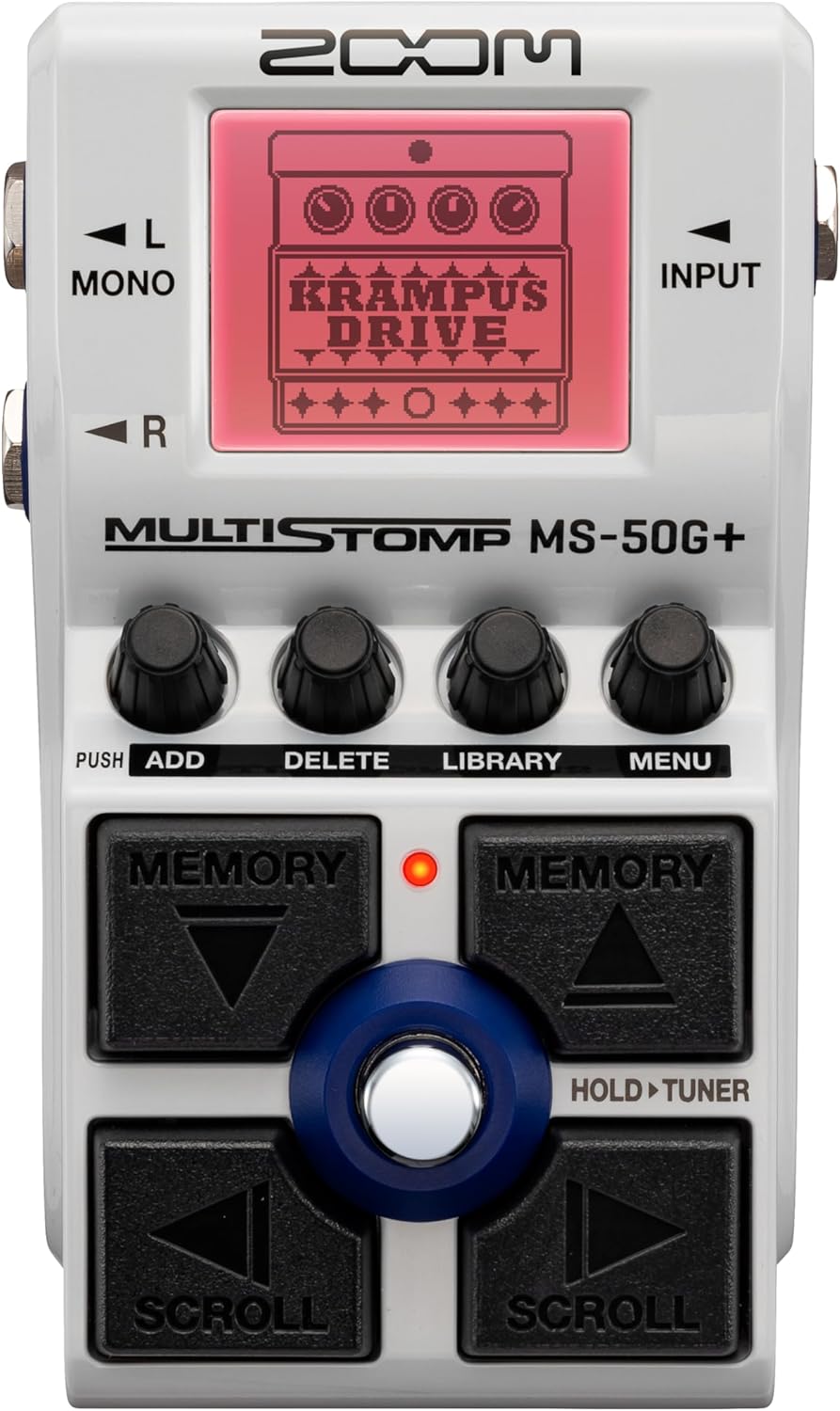Learn to Play Together as a Cohesive Unit
As an Amazon Associate, I earn from qualifying purchases. That means I earn commissions from my sponsored links or I make money when readers (you) purchase items through my links. Your purchase allows me to continue working as a stay-at-home dad who moonlights as a farmer and a musician. Needless to say, this post contains affiliate links.
Why is it important for a band to learn to play together?
A band is greater than the sum of its individual members. Work on developing a tight group musicianship dynamic where you’re truly listening and blending with each other.
Playing together as a cohesive unit is crucial. Each member must not only play their part well but also listen and adapt to the others. This dynamic creates a unified sound, where individual contributions enhance the whole.
Lock in on grooves, support each other’s parts, maintain consistent dynamics and energy levels. Watch each other for cues.
When you learn to play together, you achieve a tight groove which requires deep synchronization, especially within the rhythm section. Supporting each other’s parts involves understanding and complementing the musical contributions of fellow members.
Consistent dynamics and energy levels are essential to maintain a balanced performance. Non-verbal cues, like eye contact and physical gestures, enhance real-time communication.
Develop the selflessness to let others have the spotlight. Establish non-verbal communication through eye contact and physical cueing.
Selflessness in a band context means allowing each member their moment to shine. This balance prevents any one person from dominating and promotes a sense of equality and mutual respect. Non-verbal communication through eye contact and physical cues can be incredibly effective in coordinating performances, especially during improvisational sections or dynamic shifts.
Concentrate on achieving a balanced, blended ensemble sound. The rhythm section players should spend extra time woodshedding together.
A balanced sound ensures that all parts are heard clearly without any one element overpowering the others. This requires careful listening and adjustments during rehearsals. The rhythm section, being the backbone of the band, should dedicate additional time to practice together, ensuring a solid and cohesive foundation for the rest of the band.
The more you internalize each other’s parts and playing tendencies, the more you’ll gel as a unified band.
Familiarity with each other’s playing styles and tendencies leads to intuitive interplay. Over time, this internalization fosters a natural, seamless interaction, allowing the band to perform as a single cohesive unit rather than a collection of individuals.





